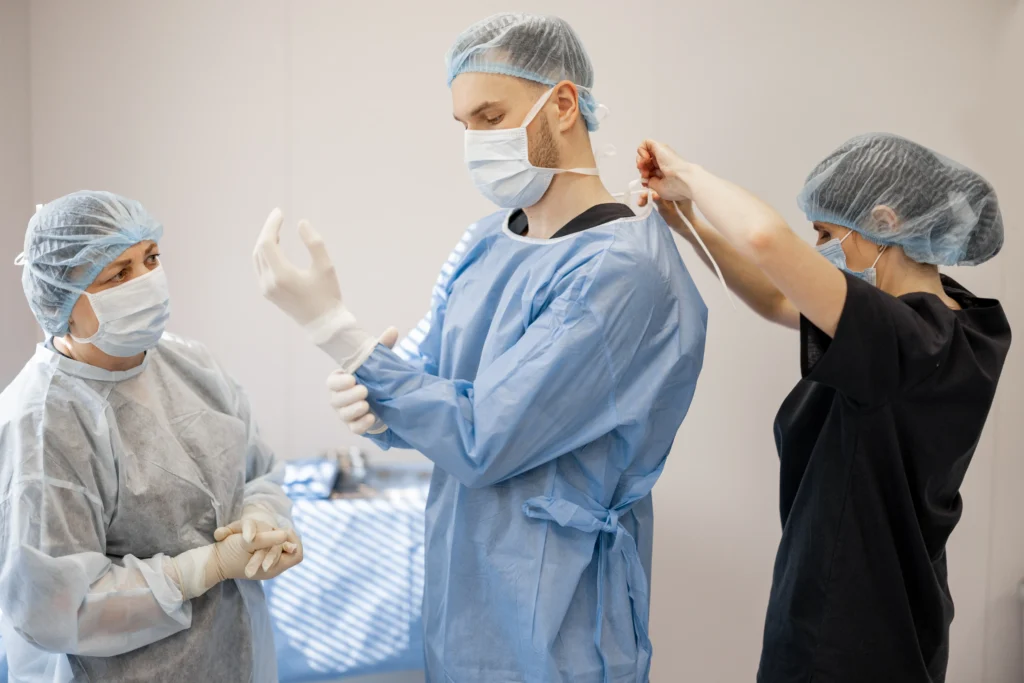
Table of Contents
ToggleAs a spine surgeon with over 25 years of experience, I’ve seen firsthand the importance of a spinal fusion protocol in achieving a successful outcome. The term spinal fusion protocol refers to the detailed guidelines that healthcare professionals, like myself, follow to ensure a safe surgery and an effective recovery.
It encompasses every step from the pre-operative phase through the post-operative rehabilitation process. By adhering to these structured protocols, we minimize complications and help patients regain function in their daily lives.
A well-executed protocol is not just a guide; it’s a roadmap to a better life after spinal fusion surgery.
| Phase | Goals | Exercises | Duration |
|---|---|---|---|
| 1 (0-6 wks) | Pain relief, light walking | Ankle pumps, isometrics | 15-30 mins daily |
| 2 (7-12 wks) | Core stabilization, balance | Bridging, heel slides | 30 mins daily |
| 3 (13-18 wks) | Advanced strengthening | Planks, squats, lunges | Progressive |